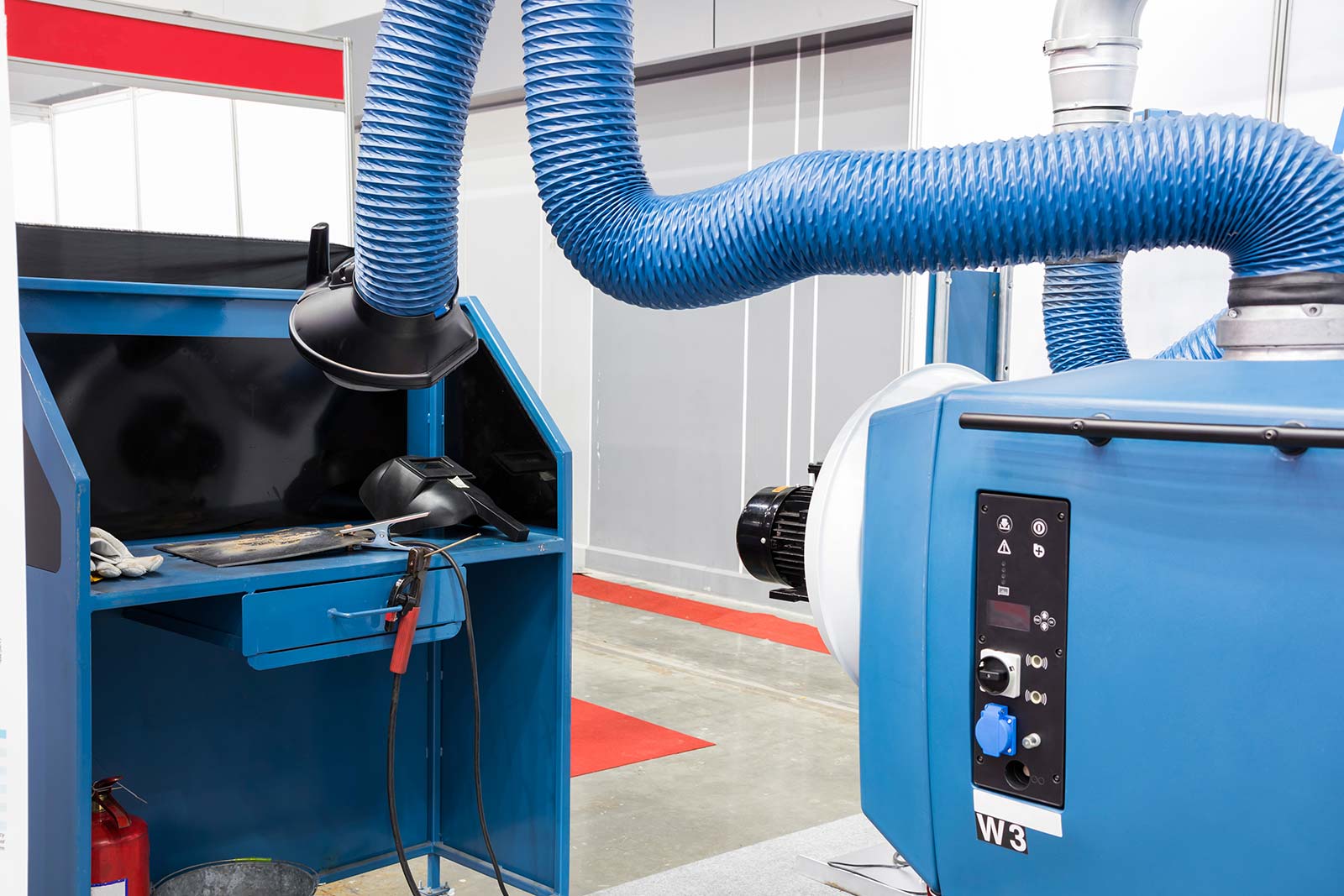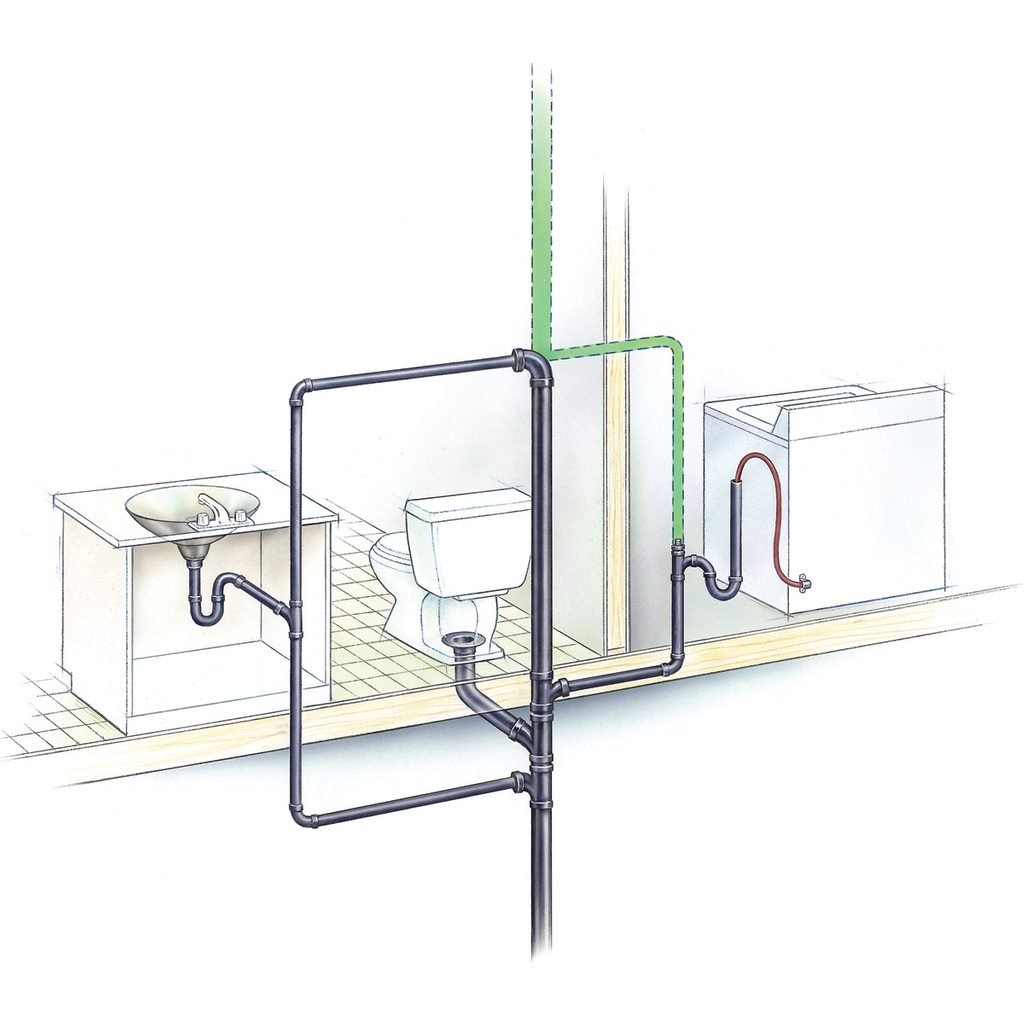The article author is making a number of good pointers on the subject of The Upsides of Proper Ventilation in Plumbing Design overall in this content following next.

Correct air flow in pipes systems is typically overlooked, yet it is critical for preserving the capability and security of your home's pipes. Ventilation assists regulate atmospheric pressure, protect against the accumulation of harmful gases, and ensure the reliable elimination of waste. In this guide, we will check out the value of correct plumbing ventilation, how it functions, and the benefits it brings to your pipes system.
Understanding Air Flow in Pipes
Air flow in plumbing refers to the network of pipes that allow air to flow via the water drainage system. These vents offer several functions, including regulating atmospheric pressure within the pipelines, stopping sewer gases from getting in the home, and assisting in the smooth flow of wastewater.
Just How Air Flow Works in Pipes Systems
Atmospheric Pressure Policy
Correct ventilation keeps balanced atmospheric pressure within the plumbing system. When water moves through pipes, it displaces air. Without ample ventilation, this variation can create adverse stress, leading to slow drains pipes or siphoning of water from traps, which can create unpleasant odors to seep right into the home.
Avoiding Drain Gas Build-up
One of one of the most essential features of pipes vents is to prevent drain gases, such as methane and hydrogen sulfide, from accumulating within the home. These gases can posture serious health risks and are highly flammable. Vent pipelines permit these gases to run away securely outside.
Helping in Waste Removal
Air flow aids in the effective removal of wastewater by avoiding airlocks in the drainage system. When air can move easily through the vents, it permits water and waste to stream smoothly via the pipes, decreasing the threat of clogs and backups.
Types of Plumbing Vents
Main Heap Vent
The major pile vent, additionally known as the vent pile, is the main vent in a pipes system. It extends from the major drain line up via the roofing system, permitting gases to leave and fresh air to get in the system.
Branch Vent
Branch vents connect to the primary pile air vent and offer individual fixtures, such as sinks, bathrooms, and showers. These vents make certain that each component has adequate air flow to work correctly.
Air Admission Valve (AAV).
An Air Admission Shutoff (AAV) is a one-way valve that enables air to get in the pipes system without the need for a standard air vent pipeline extending via the roof covering. AAVs are generally utilized in remodellings or locations where mounting a common vent is unwise.
Indications of Poor Ventilation in Plumbing.
Slow Draining Fixtures.
If your sinks, bathtubs, or toilets are draining gradually, it could be a sign of bad ventilation. Inadequate air flow can develop a vacuum impact, making it challenging for water to drain pipes effectively.
Gurgling Sounds.
Gurgling sounds originating from drains pipes are frequently a result of air being sucked through water traps due to adverse pressure in the pipes. This is a clear sign of not enough air flow.
Undesirable Odors.
Drain smells inside your home are a warning that your plumbing system is not appropriately ventilated. This might imply that sewer gases are not being properly aired vent outside, bring about possibly hazardous problems.
Usual Air Flow Blunders.
Insufficient Vent Sizing.
Utilizing undersized vent pipes can result in bad air flow and pressure imbalances in the system. It's important to utilize vents that meet the details needs of your plumbing system.
Improper Vent Placement.
Positioning vents as well far from the components they offer can decrease their performance. Appropriate placement makes certain that air can stream freely and successfully via the system.
Ignoring Code Requirements.
Building regulations offer particular standards for pipes ventilation. Overlooking these codes can result in a system that stops working to work appropriately and may cause costly repair work or health hazards.
Benefits of Proper Ventilation.
Boosted System Efficiency.
Properly ventilated pipes systems operate more successfully, with fewer obstructions, faster draining, and less pressure on the pipelines. This efficiency prolongs the life-span of the pipes system.
Improved Air Top Quality.
By protecting against sewage system gases from entering your home, correct ventilation contributes to better interior air high quality, making your living environment healthier and more comfy.
Avoiding Water Damage.
Appropriate ventilation aids stop water from being siphoned out of traps, which can bring about drain gases entering the home and triggering water damages in time.
Actions to Guarantee Correct Air Flow.
Consulting Pipes Codes.
Always seek advice from neighborhood plumbing codes when developing or customizing your pipes system. These codes offer the essential standards for appropriate venting and guarantee your system meets security standards.
Routine Examination and Upkeep.
Regular examinations can aid identify prospective air flow issues before they become significant troubles. Upkeep jobs, such as cleaning up vent pipelines and looking for obstructions, are crucial for maintaining the system in good working order.
Expert Installation.
For brand-new installments or major modifications, it's important to employ a professional plumbing. They have the knowledge to ensure the air flow system is appropriately made and installed according to code.
Final thought.
Proper air flow is an important part of any kind of plumbing system, making sure that it works effectively and safely. By comprehending the relevance of air flow, acknowledging the indicators of inadequate air flow, and taking steps to keep your system, you can prevent costly problems and secure your home's air top quality.
Understanding the Role of Your Plumbing Vents in the Drainage System
The plumbing system in your home is more than just the kitchen sink, toilet, and bathroom. Some problems that arise within home plumbing are hard to detect because homeowners may not understand potential causes.
One part of the plumbing system that could cause you endless problems is the venting. The drain lines that run through your home and drain wastewater need proper venting to function properly. Faulty plumbing vents can lead to several problems that require the expertise of a plumber to check them out. Before finding experienced plumbing services, there are a few things to learn about plumbing vents.
Why vents are vital
Vents in the plumbing system lead to an outside area such as the roof or the back. The function of these vents is to keep sewer gases away from the drain pipes. They also establish seals in the drainage pipes that prevent the sucking back of waste gases into the home. Venting in the plumbing system also allows oxygen to get into the drainage system, which is an essential component in the breakdown of waste matter. The vents also ensure that the air pressure within the drainage system remains balanced, facilitating the flow of wastewater.
Possible problems
When the plumbing vents are problematic, one of the consequences is imbalanced water levels in the toilet. If you notice that the levels in the toilet bowl rise and fall all the time, then there may be something wrong with the vents.
Another issue is air bubble formation within the toilet. In most cases like these, the drain pipes are not receiving enough air. Lack of air pressure equalization is what leads to water flow problems. If you come across such issues in your home, make sure you call professional plumbers, such as the ones from Perfection Plumbing & Drain Cleaning Ltd.
Potential causes
Several scenarios can lead to some of the plumbing problems that homeowners suffer because of venting. One such scenario is the use of incorrectly sized vents. Usually, vents are the same size as the drain line to facilitate proper venting. Vents that are too small will lead to some plumbing issues. Another potential cause is fixtures that are not close enough to the vents. In this scenario, air forces itself through the traps of other fixtures, leading to gurgling sounds from toilets and sinks.
Most of these problems also happen with clogged vents. Tree leaves and debris can cause clogging when they make their way down a vent. Unclogging plumbing vents is a service that you can entrust to Saskatoon plumbers. They will know how to snake down vents and remove clogging stuck in fixtures.

Do you appreciate more info about What Is A Plumbing Vent & How Do They Work?? Leave feedback directly below. We would be glad to hear your ideas about this review. In hopes that you come back again in the near future. Enjoyed our post? Please quickly share it. Help others check it out. We appreciate reading our article about What Is a Plumbing Vent and Why Is It Important.
Visit Our Website